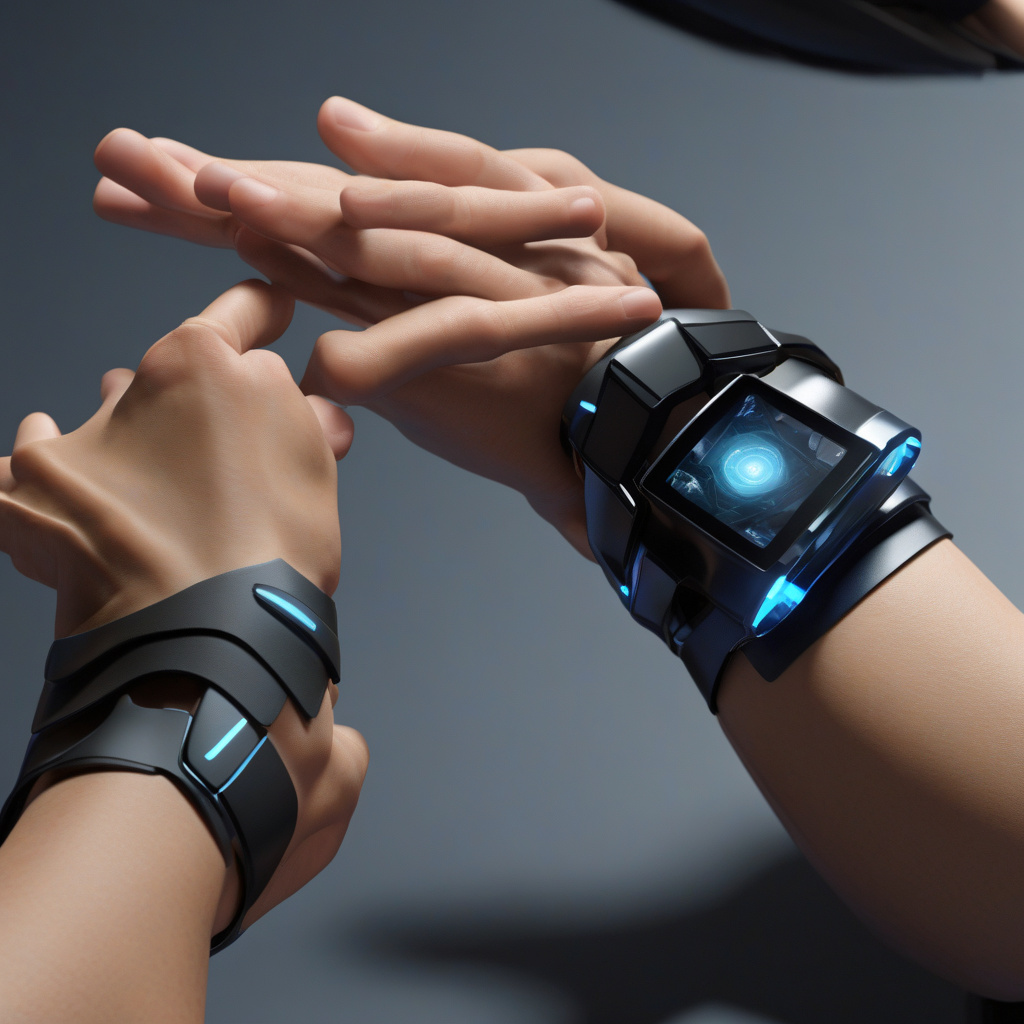Meta Outlines its Latest Advances in Wrist-Controller Inputs for AR and VR Interaction
Meta, formerly known as Facebook, has recently unveiled its latest technological breakthrough in the realm of augmented reality (AR) and virtual reality (VR) – wrist-controller inputs. This innovative development marks a significant step forward in revolutionizing the way we interact with AR and VR environments, offering a more intuitive and immersive user experience.
The introduction of wrist-controller inputs by Meta represents a major advancement in the field of wearable technology. By allowing users to control and navigate AR and VR interfaces through subtle hand gestures and movements, Meta is paving the way for a more seamless and natural interaction paradigm. This could be the key element that enables glasses to overtake phones as our main connective device.
One of the key advantages of wrist-controller inputs is the enhanced level of control and precision they offer to users. Traditional input methods such as handheld controllers or voice commands can sometimes be clunky or imprecise, leading to a less than optimal user experience. With wrist-controller inputs, users can manipulate virtual objects with greater dexterity and accuracy, making interactions feel more lifelike and intuitive.
Moreover, the integration of wrist-controller inputs into AR and VR devices opens up a world of possibilities for innovative applications across various industries. From immersive gaming experiences to interactive educational tools, the potential use cases for this technology are vast and diverse. Imagine being able to sculpt virtual clay with the flick of a wrist or control a virtual drone with a simple hand gesture – the possibilities are endless.
In addition to enhancing user experience, wrist-controller inputs also have the potential to drive the widespread adoption of AR and VR technologies. By making these technologies more accessible and user-friendly, Meta is helping to overcome barriers to entry and attract a broader audience. This, in turn, could fuel the growth of the AR and VR market and unlock new opportunities for businesses and developers alike.
As with any new technology, there are bound to be challenges and limitations to overcome. Issues such as user fatigue, motion sickness, or privacy concerns may arise as wrist-controller inputs become more prevalent. However, Meta’s commitment to innovation and user-centric design suggests that these challenges will be addressed in due course, ensuring a safe and enjoyable user experience for all.
In conclusion, Meta’s latest advances in wrist-controller inputs for AR and VR interaction represent a significant milestone in the evolution of wearable technology. By offering a more intuitive, immersive, and precise means of interacting with virtual environments, wrist-controller inputs have the potential to redefine the way we engage with technology. As we look to the future, it is clear that this technology could be a game-changer in the quest to make AR and VR mainstream, ultimately reshaping the way we connect and interact with the digital world.
Meta’s wrist-controller inputs: revolutionizing AR and VR interaction one gesture at a time.
#Meta #AR #VR #WearableTech #Innovation
